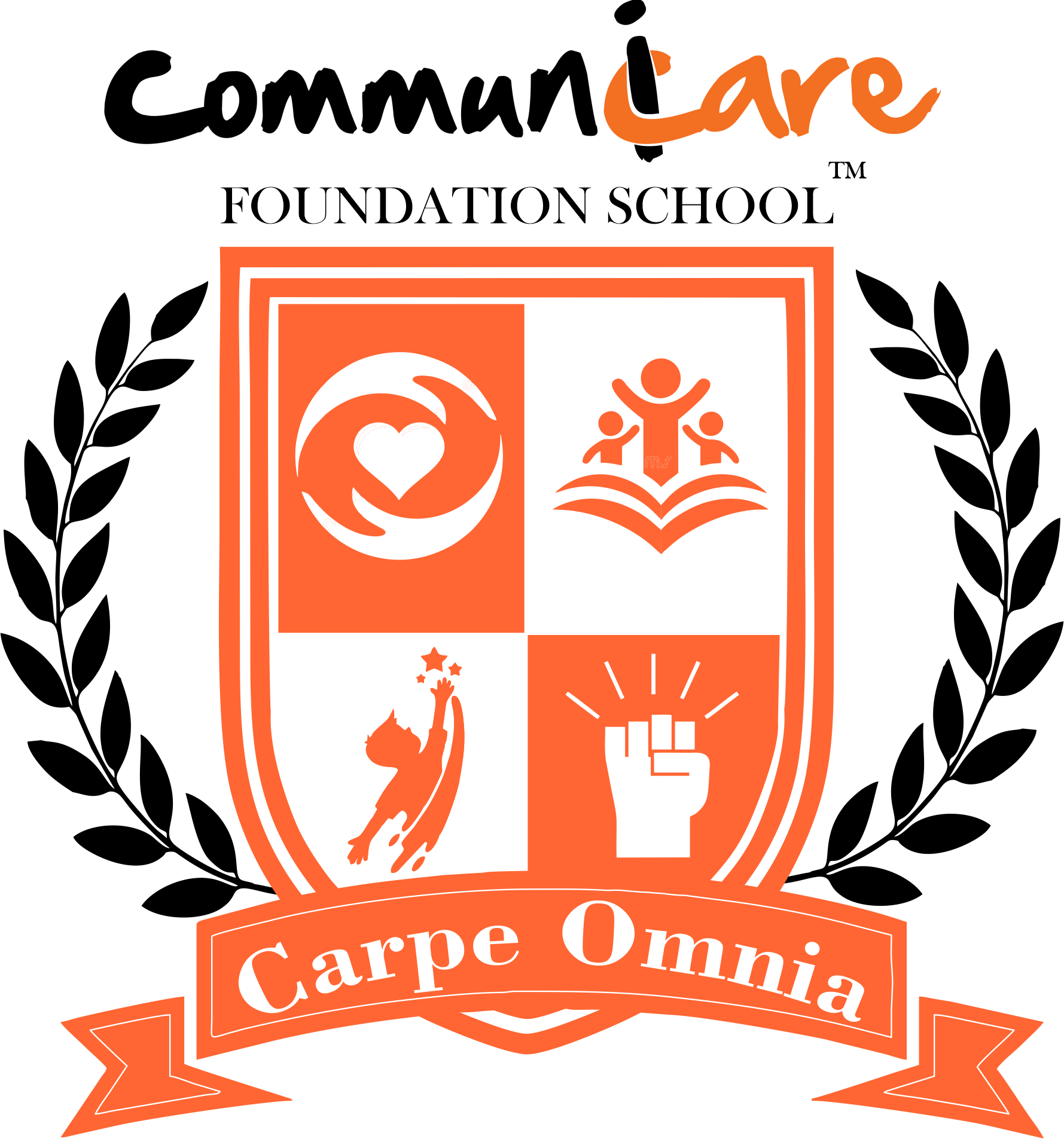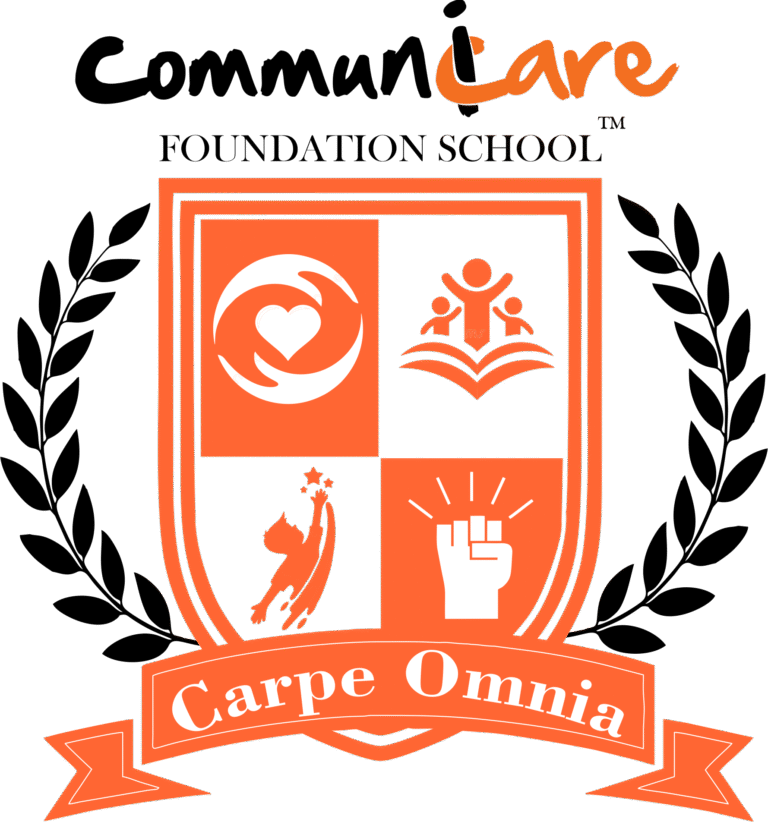What is Dyslexia?

What Is Dyslexia? A Parent’s Guide to Understanding This Common Learning Difference
In this post, we’ll take a clear look at dyslexia, how it presents in children, how it’s diagnosed, and what parents can do to help their child thrive.
What Is Dyslexia?
Dyslexia is a learning difference that primarily affects a person’s ability to read, write, and spell. Children with dyslexia often have trouble matching letters to sounds, blending sounds into words, and recognizing familiar words by sight. Even though dyslexia affects reading and writing, it’s not a sign of low intelligence or lack of effort.
In fact, many people with dyslexia are highly creative, intelligent, and resourceful. The difference lies in how their brains process language.
Signs and Symptoms of Dyslexia:
Children with dyslexia might show a variety of signs.
Here are some of the most common:
- Difficulty learning letters and their sounds
- Trouble sounding out or decoding wordsrapy: Combines movement, breathwork, mindfulness, and body-centered techniques to foster mind-body connection
- Poor spelling and frequent letter reversals
- Reading below age level
- Avoidance of reading activities
- Struggles with writing or organizing thoughts on paper
Some signs of dyslexia can appear as early as preschool, while others may not become obvious until early school years. As with most learning differences, the earlier dyslexia is identified, the better the support can be.
How Is Dyslexia Diagnosed ?
To determine whether a child has dyslexia, a comprehensive evaluation is needed. This might be done through the school system or a private educational psychologist. The evaluation looks at reading ability, phonological awareness (the ability to recognize and manipulate the sounds in spoken language), memory, processing speed, and other key areas.
If the evaluation shows that your child has dyslexia, don’t panic. Remember that the diagnosis is not a label—it’s a tool that can help your child get the support they need.
What Causes Dyslexia?
Dyslexia is believed to have both a neurological and genetic basis. That means it often runs in families and is linked to differences in how the brain processes language. Children with dyslexia may use different areas of the brain to process information when reading compared to their peers.
It’s important to know that nothing causes dyslexia in terms of parenting style or environment. A child is either born with dyslexia or not, as it is simply a difference in how their brain is wired.
Helping a Child with Dyslexia
With the right strategies, children with dyslexia can succeed and even thrive in school.
Key approaches include:
- Structured literacy programs that focus on phonics, decoding, and repetition.
- Multisensory teaching methods (like tracing letters while saying the sounds).
- Accommodations in school, such as extra time on tests or access to audiobooks.
- Encouragement and emotional support to build self-esteem.
Schools may provide an Individualized Education Program (IEP) to support students with dyslexia. As a parent, staying informed and involved is one of the best ways to advocate for your child.
Living with Dyslexia
Dyslexia is a lifelong condition, but it doesn’t have to be a lifelong struggle. Many successful people, such as authors, entrepreneurs, scientists, and actors have dyslexia. With support, understanding, and the right tools, your child can do anything they set their mind to.
Final Thoughts
So, what is dyslexia? It’s a brain-based learning difference that affects reading and writing, but it doesn’t define your child’s potential. Understanding dyslexia is the first step toward helping your child navigate school with confidence. With love, patience, and the right support, your child can grow into a successful and confident learner.


